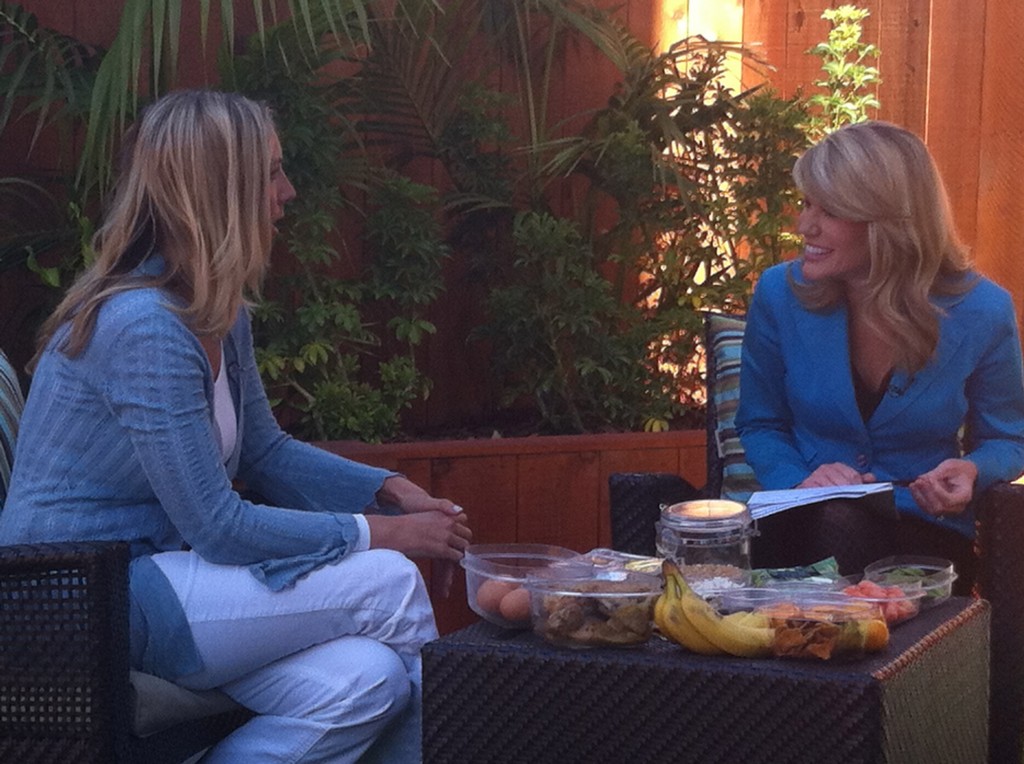
With anchor Heather Myers of San Diego 6
With summer comes family outings, more sunshine hours, and loads of activities for the kiddos.
Many parents want to just be able to grab something quickly and head out the door – without having to sacrifice quality and health, for convenience.
Convenience does come at a steep price
First off, we just need to realize in reality, there are 2 things that are working against us well-intentioned parents.
First, food companies know that parents are busy and therefore they capitalize on the convenience foods market by bringing myriad options that are easy, inexpensive, have a long shelf life, and can bring them the most profits.
Unfortunately, the reason they are able to do this is pretty much because there is very little “food” in these products. They are mostly processed and include food additives, preservatives, and artificial colors and flavors, which are damaging to the body and brain, and can lead to cancer, and other degenerative diseases.
Secondly, many parents do realize this, and make an effort to figure out what is best. But when it comes to the vast sea of information available (much of it contradictory) understandably, they get overwhelmed and confused.
So what is a parent to do?
The first thing is obviously to educate yourself. Learn which ingredients to avoid. Some of the worst ones include monosodium glutamate (MSG), sodium nitrite, aspartame and other artificial sweeteners (including Splenda), and food colorings.
However, while reading labels is important, not only does it take a lot of time to learn what to look for, but companies are getting more clever at disguising ingredients we are wanting to avoid with different terms.
For example, everyone knows how bad MSG is – but not many people know that it’s also disguised on labels as “yeast extract” or “hydrolyzed vegetable protein.”
Trying to keep on top of these things is literally a full-time job, and while some people hire me to guide them through this process for their family, it’s not practical for many to do that.
For those families, I have put together some guidelines to help simplify their process to make sure that they are prioritizing the most important things that will make the biggest difference.
Solutions for parents
First thing for busy parents, is to keep it simple.
Strategy #1: Shop at local health food stores like Jimbo’s, Whole Foods, or even Trader Joe’s
The health food, organic markets have really increased their “convenience” foods – some of those foods are still processed, but highly unlikely to have any of the unhealthy ingredients in them.
A good rule of thumb is to buy USDA organic certified and Non-GMO project verified.
If you buy products with these seals on the label, you can rest assured that you are pretty much getting the good stuff. (there are some exceptions, but in general, you’ll be good).
(please note, just because something is labeled organic does not mean it’s a carte blanche to eat organic ice cream, organic chips, or organic cookies – it only means that if you are going to eat those “junk” foods, at least make them organic versions. Organic foods that are still processed are not considered “whole foods” but are much better than their non-organic counterparts. It is still important to make good food choices, and not rely only upon their organic designation).
Strategy #2: In under 3 minutes per day, you can prepare your own
Even better than buying processed organic foods at health food stores, is to just do a little prep at home. All it takes is a little thinking ahead – and it is so much easier than parents think.
I always like to suggest to parents that they incorporate this activity into their weekly routine, and to do it WITH their children. Not only is it a good opportunity to spend some quality time with your child, but it will model to them the importance of prioritizing healthy eating, and what types of foods are good to choose. I have also found that by doing this activity together, including during the shopping part, that children will be more invested in eating the food when it comes to snack time, AND they are more willing to try new or different things, if they have had a hand in preparing them.
When I come back from my weekly shopping trip, I take about 20 minutes to just prep the foods, so that they are ready to go through the rest of the week. I grab my reusable portable containers, or even small Ziploc snack bags, and divide up the foods I’ve bought into smaller portions that I can throw in a bag and head out the door.
One of the keys is that all of these are portable foods that don’t make a mess when you eat them ☺
Portable healthy convenient snack ideas:
- Baby carrots– make sure these are organic as they contain high arsenic levels if no
- Organic fruit leathers – you can buy these organic, real fruit leathers – at any health food store, and now Costco sells them as well
- Popcorn cooked on stove or in air popper – Best to make sure to buy only organic popcorn because over 80% of non-organic corn products are GMO. I like to stove top pop mine in raw coconut oil, and add some sea salt. (If I could get parents to stop serving one snack to children, it would be microwave popcorn – for several important reasons)
- Dried organic fruits and vegetables – while these tend to be pricey, it could be something to add in once in a while for some variety. Available in health food stores.
- Raw nuts and seeds– great source of protein and healthy fats – to get the health benefit, it is important to eat them raw instead of roasted. I find that a small handful is very satisfying
- Organic edamame pods– usually available in the freezer section, either with or without the shell. I usually add some sea salt in the bag as well. Organic is important due to high percentage of GMO soy in the US.
- Organic cheese sticks– a savory snack that’s portable and will fill you up. I buy ours at Trader Joe’s and they are organic for the best price I’ve found
- Organic hard-boiled eggs – I hard boil about half a dozen eggs and keep them in the refrigerator for a quick protein and healthy fat boost. I use organic, free range eggs.
- Organic chicken drumsticks – This one is a big hit in our family, children and adults alike. Once a week, I’ll buy about 8 organic chicken drumsticks or thighs, sprinkle a little garlic powder, sea salt, and pepper (and sometimes add some honey or maple syrup for a little sweet taste) and then bake them at 350 for about 50 minutes. It is amazing how good this tastes when you are hungry.
As I’m sure you have noticed, pretty much all of these particular snacks I have recommended the organic versions. Certain types of foods are more important to eat organic, due to high pesticide or hormone and antibiotic levels. In this list, while I always prefer clients eat all organic, I have specified organic because these foods happen to be on the list of foods most important to eat organic.
Once you do this a couple of times, it will become so routine and easy to do that you won’t even really think twice.
Send in any questions or feedback and I will personally respond.
Kudos to Stacey Ross, founder of San Diego Bargain Mama, for arranging my appearance on this television segment. For more information on her work to help individual businesses spread their message, visit www.sdbargainmama.com
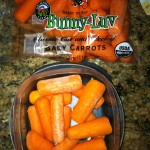
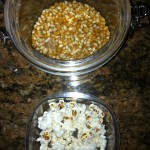
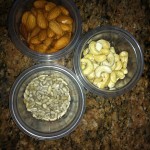
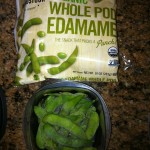
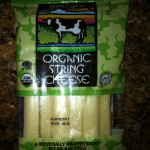
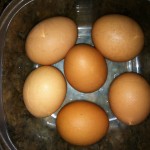
Great tips and news segment. I love the chicken thighs/wings deal. You take the skin off, right? Also, how do you stove pop popcorn? In a pan with a lid? I put kernels in a brown paper bag and microwave, but I like the idea of popping in coconut oil!
XOXO!
Thank you! Actually, I leave the skin on – my little one and I battle over who gets to eat it. 🙂 I season with garlic and onion, and sometimes add a little dab of honey for some sweetness. But you can always take the skin off as well. If the chicken is not organic, I would not eat the skin – the hormones and drugs used with conventional chickens are usually concentrated in the fatty tissue.
To stove pop, simply put in a little oil (I use raw coconut) and put the kernels in. Cover with a lid and heat on med high. As it heats up, I shake the pot so that the kernels get heated evenly….and pretty soon, it will pop up and fill. Let me know how it goes!